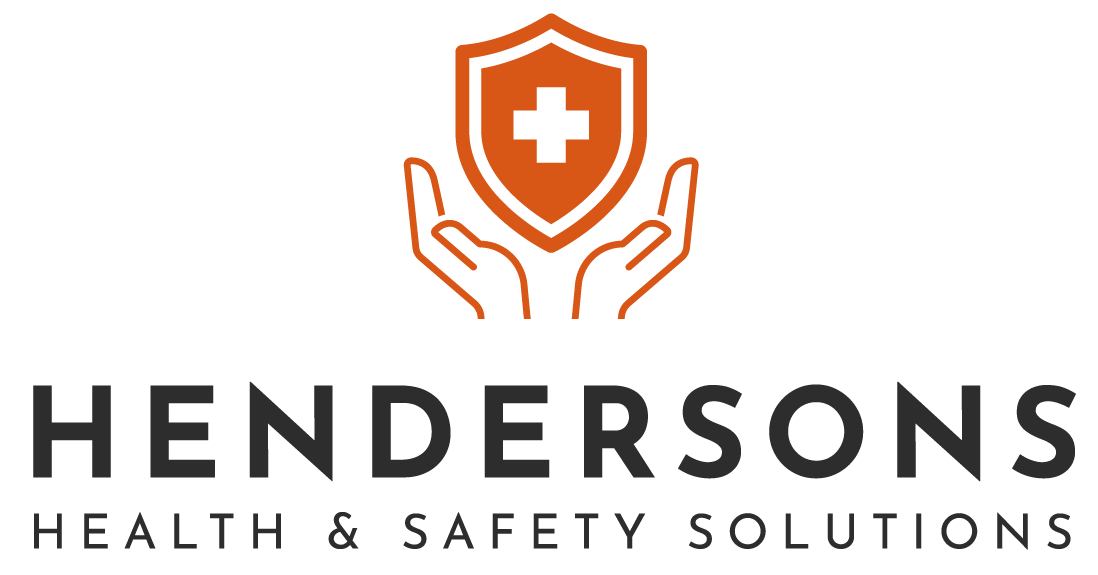In the realm of health and safety (H&S), data is not just numbers; it’s the foundation upon which safer workplaces are built.
At Hendersons Health & Safety Solutions, we understand that managing macro-level data from inspections, compliance audits, and incident reporting is both an art and a science. By integrating Management Information (MI) with cutting-edge Business Intelligence (BI) tools, such as Power BI, we empower businesses to transform raw data into actionable insights.
This article delves into the importance of MI and BI in H&S, backed by years of experience in refining complex data sets into user-friendly, tactical formats that everyone - from site managers to C- suite executives - can easily interpret.

The Strategic Importance of Management Information in H&S
Management Information (MI) plays a critical role in shaping H&S strategies. MI is the backbone of data-driven decision-making, providing the raw insights needed to evaluate performance, identify trends, and predict risks.
For instance, H&S inspections generate an abundance of macro data: compliance percentages, hazard reports, corrective action statuses, and training records. However, collecting data is only the first step. The real challenge lies in synthesising this information into a cohesive narrative that drives meaningful action.
Case in Point: Over the last 2 years, we at Hendersons have worked with organisations managing vast operational footprints. One such client, responsible for multiple sites with varied compliance requirements, struggled to gain a clear overview of their safety performance. By leveraging MI, we consolidated their inspection data and presented it in a tailored format that highlighted site-specific strengths and weaknesses. This enabled their management team to take targeted actions, ensuring compliance and reducing risk across the board.
How Business Intelligence Transforms Raw Data into Actionable Insights: While MI provides the foundation, Business Intelligence (BI) takes it to the next level. BI tools, like Power BI, bridge the gap between raw data and decision-making by presenting insights through dynamic dashboards and visualisations.
Key Advantages of Power BI in H&S:
1. Real-Time Monitoring:
With live connections to inspection data sources, Power BI provides up-to-date insights into compliance trends, incident reports, and risk indicators. This enables quicker, more informed decision-making.
2. Tailored Dashboards:
Dashboards can be customised to highlight key metrics such as compliance rates, hazard resolution statuses, or even site comparisons. For instance, Hendersons uses Power BI to create heat maps that visually identify high-risk areas, allowing clients to prioritise resources effectively.
3. Predictive Analytics:
By analysing historical data, BI tools can forecast potential risks. For example, if inspections reveal declining compliance in certain areas, predictive models can signal where additional training or audits may be required.
4. Improved Communication:
BI dashboards make complex data accessible to all stakeholders, from site managers to board members. This fosters a culture of transparency and accountability.
Real-World Applications of MI and BI in H&S: Consider a scenario where inspections across multiple sites reveal varying levels of compliance with working-at-height regulations. In one instance, manual data aggregation might bury critical insights within spreadsheets and reports. However, Power BI can consolidate this data into a single dashboard. With interactive visuals, stakeholders can quickly identify trends - for example, declining compliance at specific sites - and take swift corrective actions.
At Hendersons, we’ve designed statistical products that translate even the most intricate inspection data into actionable formats. A client once described our dashboards as “the lens through which we see the bigger picture.” That’s precisely the point: MI and BI work together to ensure that the macro view is never lost while allowing for tactical interventions at the micro level.
Bridging the Gap Between Data and Action: One of the most common challenges businesses face is turning data into actionable insights. Many organisations are overwhelmed by the sheer volume of data generated during inspections. Hendersons tackles this by standardising reporting formats, automating data collection, and integrating BI tools to present insights clearly and concisely.
For example:
- Compliance Tracking: Dashboards display real-time compliance metrics for various safety standards.
- Incident Trends: Historical data is analysed to pinpoint recurring safety risks.
- Corrective Actions: Progress indicators monitor the resolution of flagged actions from inspections.
The Bigger Picture: Why MI and BI Matter
The ultimate goal of integrating MI and BI in H&S is not just compliance - it’s fostering a safety-first culture. By making data accessible and actionable, we empower teams to take proactive measures that protect workers and enhance operational efficiency.
Future Trends: As technology advances, the integration of AI, IoT, and machine learning will further revolutionise H&S data management. Hendersons is committed to staying at the forefront of these developments, ensuring our clients benefit from the latest innovations.
Conclusion
At Hendersons Health & Safety Solutions, we believe that data is more than a reporting tool; it’s the driver of change. By combining years of expertise in managing macro-level H&S data with the power of BI tools like Power BI, we deliver insights that are not just informative but transformative. Whether you are the MD or CEO seeking a high-level overview or a site manager needing tactical guidance, our statistical products ensure that everyone can see the bigger picture.
Data-driven safety isn’t just the future - it’s the present. And with Hendersons, that future is already here.
Are you already unleashing the hidden power of your own statistical Health & Safety data?
At Hendersons Health & Safety Solutions, we believe that data is the cornerstone of creating safer workplaces. Our expertise lies in transforming macro-level data from inspections, compliance audits, and incident reports into actionable insights using advanced Business Intelligence (BI) tools like Power BI.
Management Information (MI) is crucial for shaping effective health and safety strategies. It provides the raw insights needed to evaluate performance, identify trends, and predict risks. However, the real challenge is synthesising this data into a cohesive narrative that drives meaningful action. Over the past two years, we have helped organisations with vast operational footprints consolidate their inspection data, highlighting site-specific strengths and weaknesses to ensure compliance and reduce risk.
BI tools elevate this process by bridging the gap between raw data and decision-making. Power BI offers real-time monitoring, tailored dashboards, predictive analytics, and improved communication, making complex data accessible to all stakeholders. This fosters a culture of transparency and accountability.
Our statistical products translate intricate inspection data into user-friendly formats, ensuring that the macro view is never lost while allowing for tactical interventions at the micro level. By standardising reporting formats, automating data collection, and integrating BI tools, we help businesses turn overwhelming data into clear, actionable insights.
At Hendersons, we are committed to staying at the forefront of technological advancements, ensuring our clients benefit from the latest innovations in AI, IoT, and machine learning. Data-driven safety is not just the future; it’s the present. With Hendersons, that future is already here.




